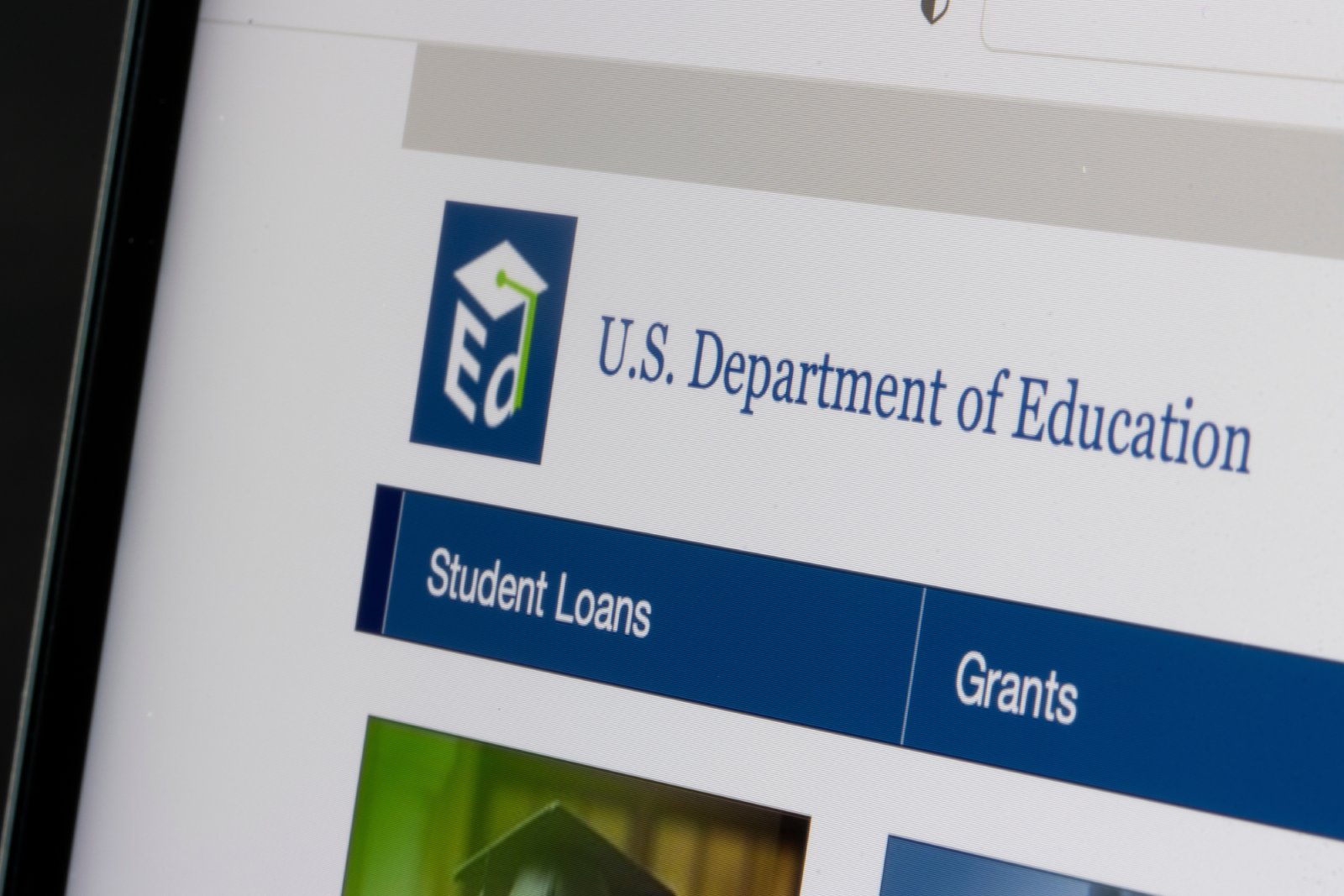There’s a growing worry among those in power that the teaching industry could be on a path to further crisis. New reports this week have illustrated that increased student debt could open up the floodgates for hundreds of thousands of teachers to leave the profession. Here are the details.
Teachers Exiting Profession Amid Pandemic Fallout

The COVID-19 pandemic had a noticeable impact on the education sector worldwide.
Pandemic Pressure

Teachers, who already shouldered a big responsibility and had dealt with years of burnout, were forced into combinations of hybrid, in-person, and remote teaching. For many, this was the beginning of the end.
Mass Exodus

An ageing teaching population, close to retirement and faced with navigating new technologies and health concerns prompted by the pandemic, began leaving en masse.
Stress Level Midnight

Burnout and stress levels reached new highs, and surveys around 2021 indicated that almost a quarter of all teachers were planning or wanted to leave their jobs at the end of the year—up almost 10% from the previous year.
Pandemic Spurs 567,000 Teachers to Leave Schools

By the time 2022 rolled around, there were 567,000 fewer teachers in schools than prior to the pandemic.
Student Debt Adds to Recruitment Woes

Now, a new report from study.com has found that even more teachers could be leaving their jobs. Why? Two words: student debt.
Debt Burden

Student loan repayments were paused during the pandemic, but that ended in October 2023.
Now, study.com has found that 71% of teachers were considering changing professions due to the increased financial burden loan repayments had placed on their living standards.
Stressful Struggle

According to the same study, more than half of American school districts are experiencing teacher shortages.
Student debt is impacting these teachers’ lives, with more than half of the respondents saying that the stress was affecting their relationships with their friends, partners, and families.
Second Job Surge

According to government statistics, one in five teachers was working a second job to make ends meet before the loan payments resumed.
Since October, study.com found that 51% of teachers have started or are looking for a second job.
Teacher Salaries Squeezed by High Loan Repayments

Teachers’ debt is typically a higher percentage of their income than that of workers in other fields.
This is in part because they have to undertake more training, and their wages are typically lower than those of other careers.
Teachers Struggle with Hefty Federal Student Debt

As the study.com survey shows, “25% of teachers have more than $40,000 in federal student loan debt, and 23% have between $30,000 and $40,000.”
Government Help

While there are government initiatives to help teachers lower their debt amounts, like the Biden administration’s SAVE plan and the public service loan forgiveness (PSLF) program, these have strict eligibility criteria and often require years of payment before providing relief.
Private Loan Issues

These programs are also only for federal student debt, which doesn’t help the millions of teachers who are burdened by private student loan debt.
According to the National Education Association, half of teachers have borrowed around $60,000 - a debt that is affecting younger teachers more than older teachers.
Student Loans Impede Teachers’ Homeownership

Having student loans makes it difficult for teachers to qualify for a mortgage. With rampant underpaying, managing loans can become an incredibly taxing ordeal for a teacher.
Exodus Predicted

It’s no surprise to many in the loan business and the teaching industry that teachers are moving to less stressful, better-paying roles.
Value vs. Income

Industry experts have noted that while “teachers come to their profession for the outcome and not the income,” there’s only so much added stress, extra hours (often unpaid), and reduced appreciation that they can handle before everything hits the tipping point, and they leave to find new work.
Career Transition

Study.com’s research notes, “Teacher pay, work conditions and lack of appreciation are additional factors impacting teacher retention.”
A “societal undervaluing of educators” is partly causing teachers to find better and more flexible work opportunities elsewhere.
Teaching Skills Open Doors to Flexible Work Options

With the rise in hybrid work opportunities, finding new roles for people with a teacher’s skillset has never been easier.
Teachers Hit Hard by Wage Stagnation

The study.com survey also notes that, as teachers’ wages have not risen with inflation, there has been a decrease in real income over the past decade.
Teachers Face Housing Affordability Crisis

This has had a knock-on effect, causing a huge increase in the number of teachers who cannot afford housing in the districts they work in.
A Complex Challenge Requiring Solutions

The teaching shortage is a serious issue facing schools across the country. It’s not an issue with an easy quick fix, and it will take time and dedicated initiatives to even begin to address.
The post Student Debt Crisis: Educators Forced Out by Low Pay first appeared on Thrift My Life.
Featured Image Credit: Shutterstock / Ron Adar.
The content of this article is for informational purposes only and does not constitute or replace professional financial advice.

